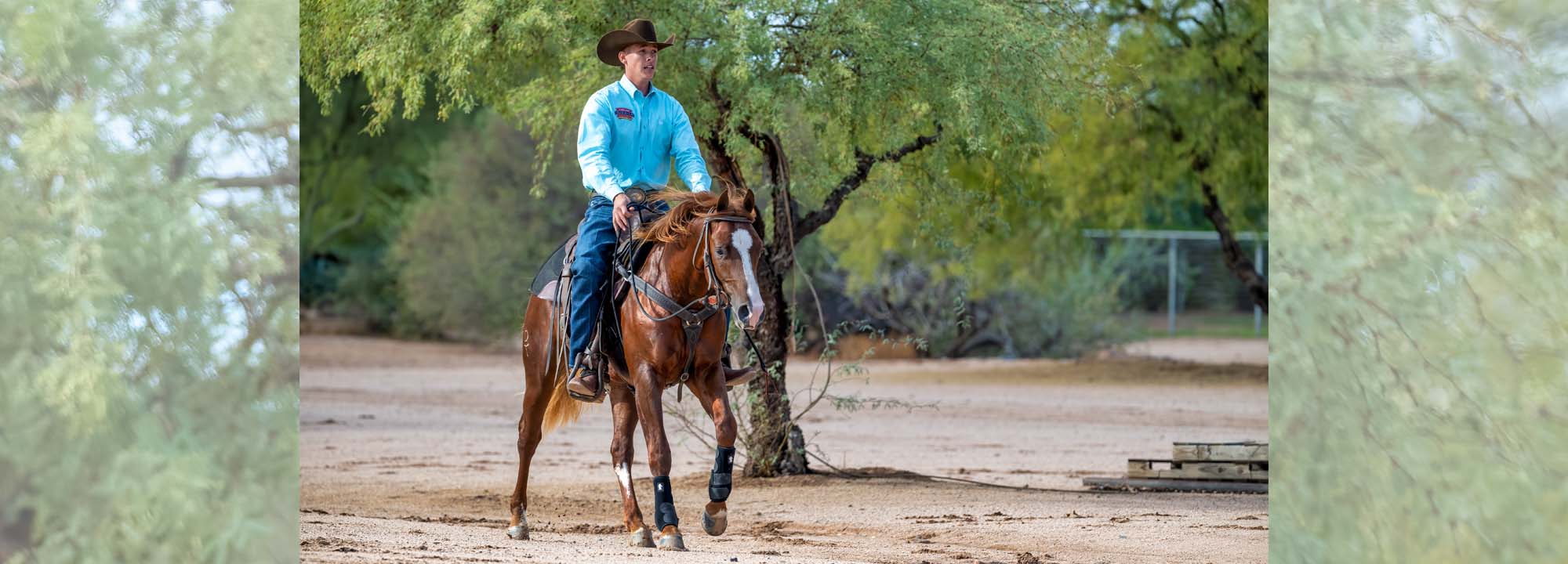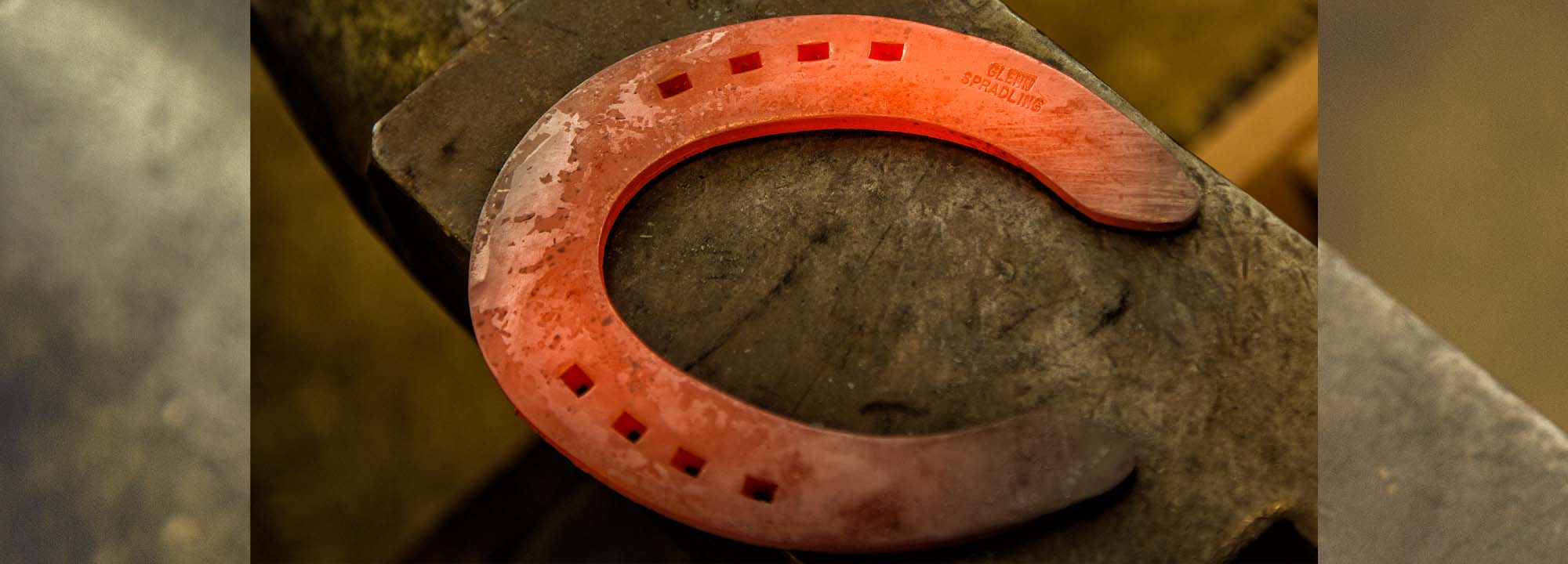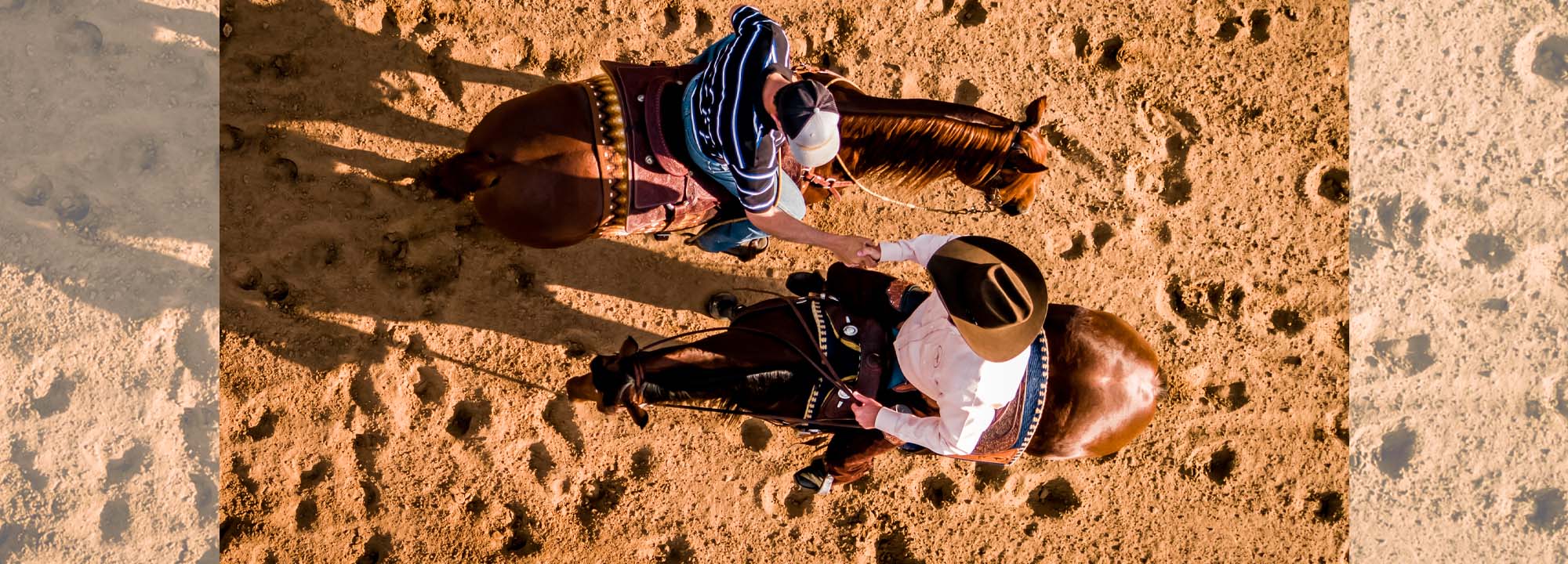Question: My horse is amazing on the ground and while riding until it comes to trotting or loping. She’ll crow hop and jump around with her ears laid back. She doesn’t try to bite, and she’s never been aggressive towards me. I’ve tried strengthening groundwork and that helped, but she’s started back up and it’s more than last time. Any tips? – sierrawilerson
Clinton’s Answer: Anytime I run into trouble with a horse under saddle, I always go back to the ground to try to solve the problem there. If a horse doesn’t understand a lesson on the ground, he’s not going to do it well under saddle.
Even though you think that you’ve got your mare responding well on the ground, I suspect that going back to groundwork and making sure you can move her feet will solve your issue. Most people’s idea of what is responsive on the ground and my idea of it are not even close. I especially think this is true because you mention that when you did go back to focus on groundwork, it helped. I would start the Fundamentals groundwork with this mare, right from the beginning with the Roundpenning Exercises.
When you’re working in the roundpen with her, you’ll point up in the air with your hand to signal her to move forward, then cluck and, if need be, spank—first spank the ground, and, if necessary, spank her—until she lopes around the roundpen. You want her so hooked on you that as soon as you ask her to move by pointing with your hand, she immediately responds.
If you get rid of her sticky feet and lack of respect on the ground first, when you get on her she’ll be a lot more willing to go forward. In fact, if you thoroughly do your groundwork, more than likely crow hopping and copping an attitude will no longer even be an issue.
Once you have your mare moving energetically off a point of your hand, then get in the saddle. When I ask a horse to move forward, I use three cues: gently squeezing his sides with the calves of my legs, clucking with my tongue and then spanking. Ideally, the horse should move forward as soon as I squeeze with my legs. If he ignores me, then I cluck two times with my tongue. If he still ignores me, then I spank his hindquarters from side to side with the end of my reins or a dressage whip. I keep spanking until he goes the speed that I want. With repetition, the hose learns to move forward off the lightest amount of pressure, which is me gently squeezing his sides with my legs.
Making sure your mare is moving out on the ground should eliminate your problem with her crow hopping and getting snarly when you ask her to trot and lope. However, if, when you ask her to speed up, she ignores your cues and kicks out, keep spanking with rhythm. You may have to spank her several times before she realizes that every time her hind feet leave the ground, she will feel uncomfortable. As soon as she goes forward, take the pressure away. The release of pressure lets her know she is doing the right thing.
Sometimes riders who are having trouble with their horses moving forward are inadvertently causing the issue themselves by pulling on the horse’s mouth. Be sure you’ve got your mare on a loose rein and aren’t sending her mixed signals. If you’re asking her to move forward but at the same time you’re pulling back on the reins, she won’t know what you’re asking her to do and will show her frustration by crow hopping and pinning her ears back.
Solving this issue from the saddle takes confidence and a good, secure seat. If you feel as if you’re lacking in either area, either make sure you do your groundwork thoroughly and correctly so that your horse will go forward as soon as you squeeze and cluck, or have a more experienced rider ride the horse for a few days to get her feet moving at the lope.
Have a horsemanship question or looking for more training tips? Check out the No Worries Club.





